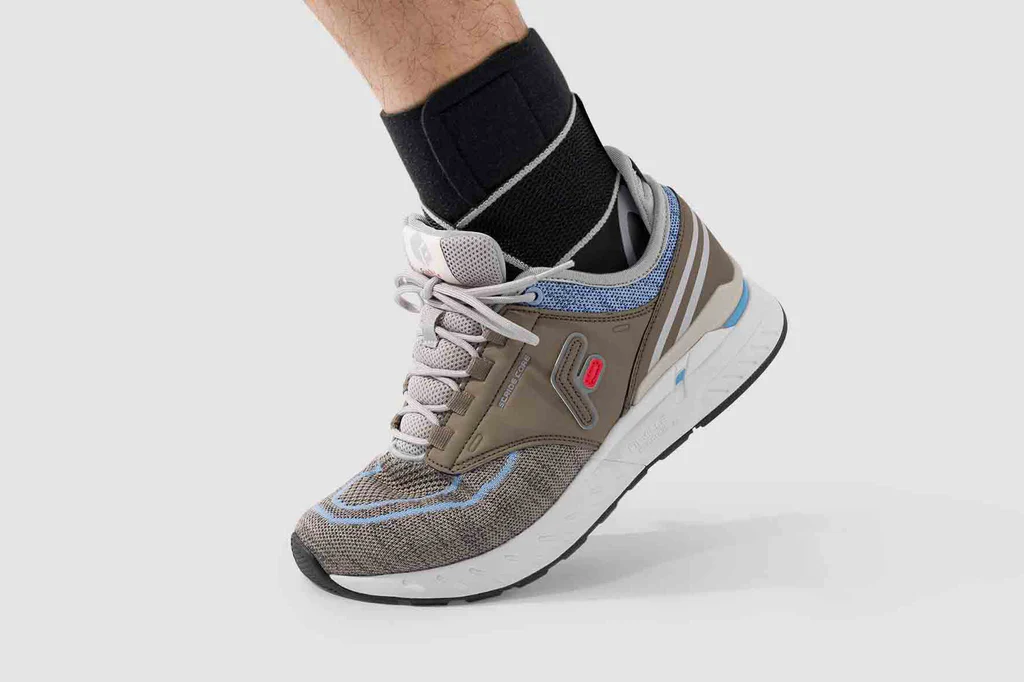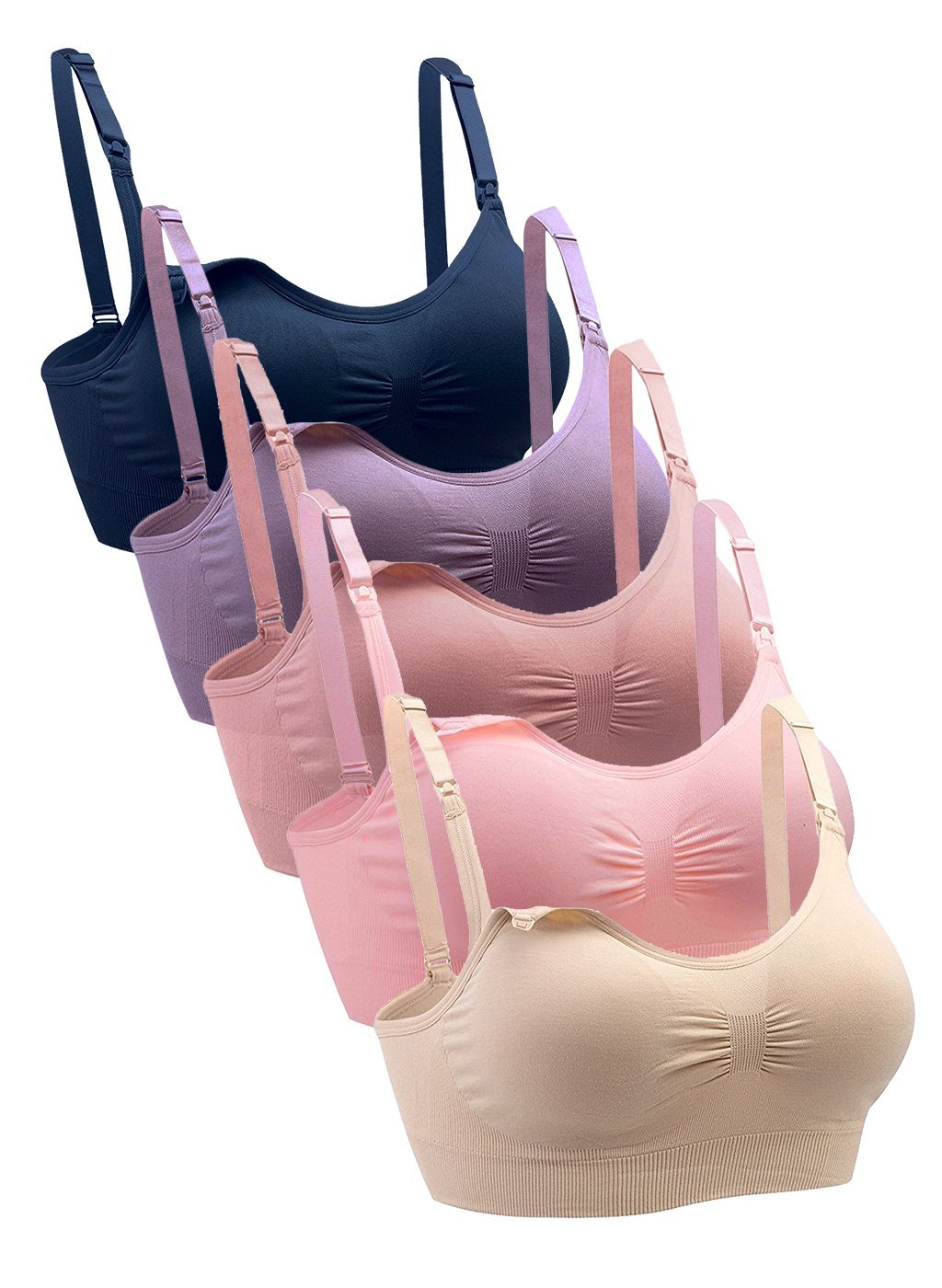For millions of people living with diabetes, foot health isn’t just a matter of comfort—it’s a matter of overall well-being. Diabetes affects circulation and nerve function, especially in the lower extremities, which can make feet more prone to injury, infection, and complications that take longer to heal.
While healthy individuals might walk around in flimsy flip-flops or tight sneakers without issue, those with diabetes must be much more selective. That’s where diabetic footwear plays a vital role.
In this blog post, we’ll cover everything you need to know about diabetic shoes, including why they matter, the essential features to look for, and how to choose the best pair for your needs—whether you’re walking around the block or spending a long day on your feet at work.
👣 Why Diabetic Footwear Is Important
Diabetes can lead to a number of foot-related complications, including:
-
Peripheral neuropathy, which causes numbness or tingling and makes it difficult to feel injuries or irritation
-
Poor circulation, which slows the healing process
-
Skin dryness and cracking, which increases the risk of infection
-
Foot deformities such as bunions, hammertoes, and swelling
-
Risk of ulcers or open wounds, which can lead to severe infections and, in worst cases, amputation
Proper footwear helps prevent injuries, promote even pressure distribution, and offer support and protection that regular shoes simply can’t provide.
🧠 What Makes Footwear “Diabetic-Friendly”?
Diabetic shoes aren’t just regular shoes with more padding—they’re specifically engineered to support and protect feet affected by diabetes. Here are the key features to look for:
✅ 1. Wide and Extra-Wide Fit
Shoes that squeeze or rub against the foot can cause blisters and pressure points. Diabetic shoes are often available in wide (2E), extra-wide (4E), or even XX-wide (6E) widths to accommodate swelling, bunions, hammertoes, and other deformities.
✅ 2. Seamless Interior
Rough seams or stitching inside the shoe can irritate sensitive skin and cause ulcers. Diabetic footwear typically includes a soft, padded lining with no internal seams to reduce friction and protect vulnerable areas.
✅ 3. Protective Toe Box
A deep, wide toe box ensures toes aren’t crowded or rubbed. It also reduces the chance of accidental bumps, which can break the skin or cause injury.
✅ 4. Cushioned Insoles with Arch Support
A good diabetic shoe includes removable orthotic insoles that provide arch support, reduce stress on pressure points, and help with proper foot alignment.
✅ 5. Shock-Absorbing Midsoles
Soft but stable midsoles, often made from EVA or PU, reduce the impact on your joints and prevent pressure buildup on the soles—especially the heel and ball of the foot.
✅ 6. Adjustability
Velcro or adjustable strap closures allow for a customizable fit, especially helpful for those with swelling or high insteps. Avoid tight laces or fixed uppers that can constrict circulation.
✅ 7. Slip-Resistant Outsole
Falls and slips can be devastating, especially for people with diabetes who heal slowly. Look for outsoles with grippy rubber patterns that offer traction on wet, smooth, or uneven surfaces.
🧍♀️ Who Should Wear Diabetic Footwear?
Diabetic shoes aren’t only for those with serious foot issues—they’re ideal for anyone with diabetes who wants to be proactive about foot health.
You may benefit from diabetic footwear if you:
-
Have been diagnosed with type 1 or type 2 diabetes
-
Experience numbness, tingling, or burning in your feet
-
Deal with swollen feet or foot deformities (bunions, hammertoes)
-
Have a history of foot ulcers or slow-healing wounds
-
Spend long hours on your feet
-
Want to prevent future complications with a supportive and cushioned shoe
🔍 Different Types of Diabetic Footwear
There isn’t just one type of diabetic shoe. Depending on your lifestyle and needs, you can find supportive footwear for almost any setting.
👟 Diabetic Walking Shoes
These are designed for day-to-day wear and long-distance comfort. Great for errands, travel, or exercise, they often feature ergonomic soles, cushioned insoles, and a roomy fit.
🥾 Diabetic Work Shoes
If you’re on your feet all day—especially in jobs that involve standing, lifting, or walking—these shoes are engineered to reduce fatigue while offering slip resistance and support.
🥿 Diabetic Dress Shoes
You don’t have to sacrifice style for comfort. Diabetic dress shoes offer subtle support and protection in a polished, office-appropriate look.
👡 Diabetic Sandals
Ideal for warm weather or indoor wear, these sandals offer open-air breathability with the structure and support needed for sensitive feet.
🥇 Top Recommendation: FitVille Diabetic Shoes
FitVille has become a go-to brand for people seeking diabetic-friendly footwear that combines comfort, innovation, and style. Their shoes are designed with input from podiatrists and feature technologies that address the specific needs of people with diabetes.
Why FitVille Stands Out:
-
Extra-wide options up to 6E for the perfect fit
-
PropelCore™ and ErgoFit™ technologies that offer arch support and shock absorption
-
Slip-resistant rubber outsoles for safety indoors and outdoors
-
Breathable mesh or PU uppers that keep feet dry and cool
-
Adjustable Velcro straps on diabetic models for easy on/off and a personalized fit
-
Available for both men and women, in walking shoes, sandals, and more
Whether you need a lightweight sandal like the FitVille Women’s EasyTop Recovery Sandal V3 or a heavy-duty walking shoe like the FitVille Men’s Rebound Core Walking Shoe, the brand delivers comfort with every step.
🛒 Tips for Buying Diabetic Shoes
-
Shop in the afternoon or evening. Feet swell during the day, and you want shoes that fit comfortably at their largest.
-
Try them on with diabetic socks. This gives you a better idea of real-world comfort.
-
Check return policies. Make sure you can return or exchange the shoes if the fit isn’t right.
-
Look for Medicare-approved options. If you qualify, some diabetic shoes are covered under insurance with a prescription.
💬 Common Questions About Diabetic Footwear
❓ Can I just wear regular shoes in a larger size?
No. While larger shoes may feel roomier, they often don’t offer the support, structure, or protective features needed to prevent diabetic foot problems. A shoe that’s too big can also cause instability and increase fall risk.
❓ Do I need diabetic shoes even if I don’t have foot issues yet?
Absolutely. Diabetic shoes are preventative, not just reactive. The goal is to protect your feet before a problem develops.
❓ Are diabetic shoes ugly?
Not anymore! Today’s diabetic shoes come in stylish designs that resemble athletic sneakers, casual walkers, and even business-casual shoes. Brands like FitVille, Orthofeet, and Dr. Comfort prioritize both form and function.
✅ Final Thoughts: Your Feet Deserve the Best
Living with diabetes means being proactive about your health—and that starts from the ground up. Diabetic footwear isn’t a luxury—it’s a necessity. With the right shoes, you can reduce your risk of complications, relieve pain, and stay mobile and confident every day.
From walking shoes and sandals to work-friendly styles and casual wear, there’s a diabetic shoe out there that fits your needs—and your personality.
Take care of your feet, and they’ll take care of you.





